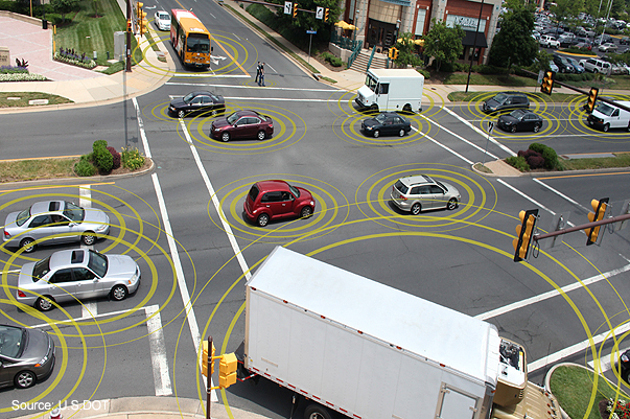Information Security, Ethical Hacking, website Security, Database Security, IT Audit and Compliance, Security news, Programming, Linux and Security.
Tuesday, 4 February 2014
The government wants our cars to 'talk' to each other
The US Department of Transportation (DOT) is throwing its weight behind vehicle-to-vehicle (V2V) communication systems. After years of experimentation and a real-world trial in Ann Arbor, MI the government is (almost) ready to make peer-to-peer networking a required safety feature on all new cars. The National Highway Traffic Safety Administration (NHTSA) has announced that it'll "begin taking the next steps" towards implementing V2V, though, what those steps are is still somewhat shrouded in mystery. One major detail left to be ironed out is when exactly these new safety standards will go into effect. The agency is currently finalizing its analysis of the data gathered during the Ann Arbor trial, which it will then use to build a regulatory proposal.
For those that don't know, V2V systems allow cars to share information about their position, speed and heading with each other and alert a driver when there is potential for danger. That could be a car speeding through an intersection ahead or a truck in your blind spot when trying to change lanes. While there is potential for integration with automated collision avoidance technology in the future, initially the DOT will be focused on passive systems. If you're concerned about the government having yet another avenue through which to track you, breathe easy. The data passed between vehicles includes no personally identifiable information. In fact, it doesn't even identify the car -- it only contains basic safety data. In addition to that, the NHTSA envisions multiple layers of security and privacy protection to ensure vehicles are sending and receiving reliable data.
Subscribe to:
Post Comments (Atom)

No comments:
Post a Comment